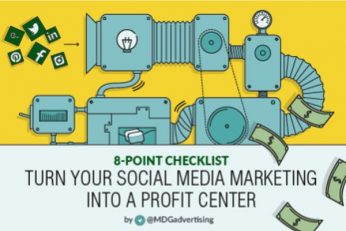Mobile web development has undeniably taken the world by a storm. It has become a multi-billion dollar industry and there are apps which revolutionized the way we think about business. When it comes to mobile web development, however, it is also critical to understand that digital marketing plays a tremendous role in their actually placement on the market. The truth is that it’s rather challenging to innovate in a market which is so overly saturated and it offers almost everything you can actually get any value from.
So, how do you out shine? How is your web presence going to dominate others, even if they offer something better in the same category? You should be using different marketing channels – of course. With this in mind, one of the most powerful approaches that you need to put in motion is a comprehensive and data-driven SEO campaign. Search Engine Optimization is far from being something revolutionizing but it remains the most cost-effective, sustainable and long-term way of getting organic traffic. Remember, through SEO you are getting people who are actively excited about what you have to offer – they are searching for it and they have landed on your page. Most of the job is done.
However, with Google’s intention to introduce Mobile First Indexing, things are about to change quite a lot. And, if you want to stay on top of the tide or you want to use the momentum to shine, it’s important to be aware of what this is.
Mobile First Indexing
Now, let’s be honest. Google is by far the most powerful search engine, a global market leader in the industry and the single, most effective thing that you can take to your advantage to tap in the enormous pool of users. And, they’ve already announced that they are about to make things a bit different.
See, the mobile web development market and environment is particularly dynamic. Google feels that it needs to alter certain things in order to adapt. And even though this is not something that would hit the search engine until at least the next year, it would be a great idea if you could get a head start and prepare.
What is mobile first indexing? For those of you who missed the concept of this new approach that Google is already testing out, here it is. Mobile first indexing means that Google is about to split mobile and desktop results. This would allow the search engine to primarily use the actual mobile version of the website as opposed to the desktop version of it in order to rank it.
Why Make the Change Now?
This is one of the things that Google has been asked about a lot. Well, the truth is that this is just a reaction – an adaptation, if you will. The company is reacting to the way we start to use the search engine. It’s used mostly on mobile devices and, a lot of the times we get far from optimal results because of a range of different issues, including obstructive ads, scaling and others of the kind.
Read more: Mobile Web Development: Things Are About to Change







